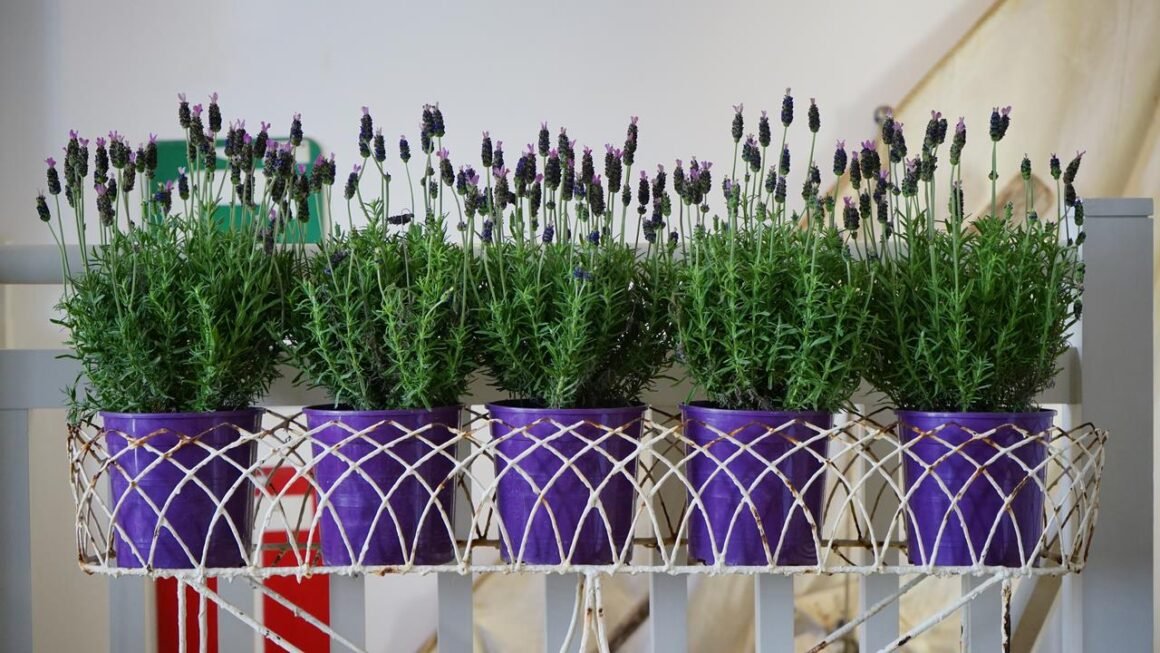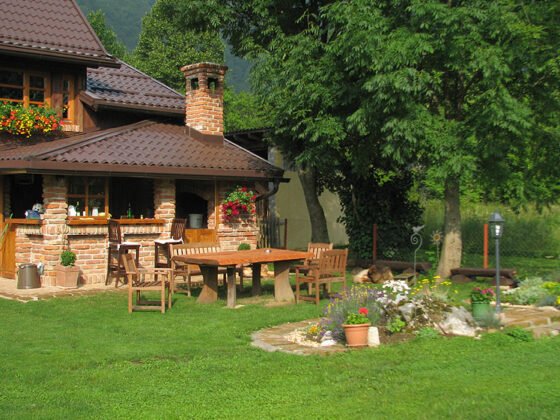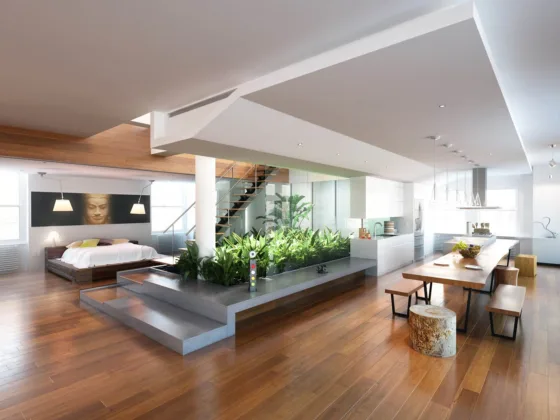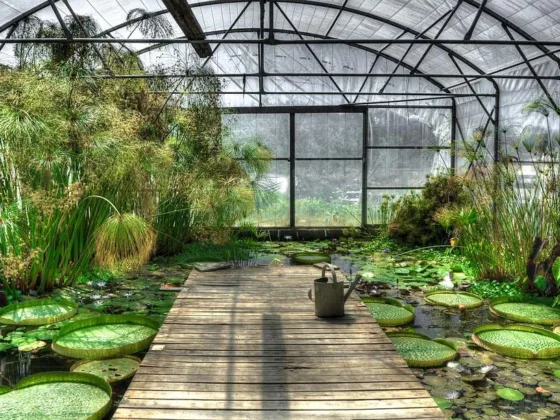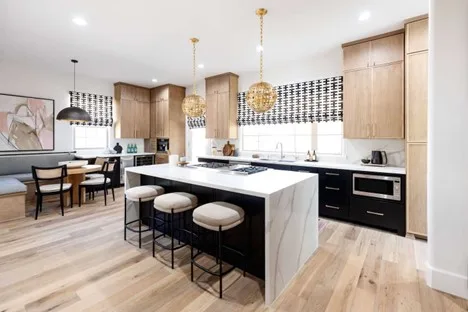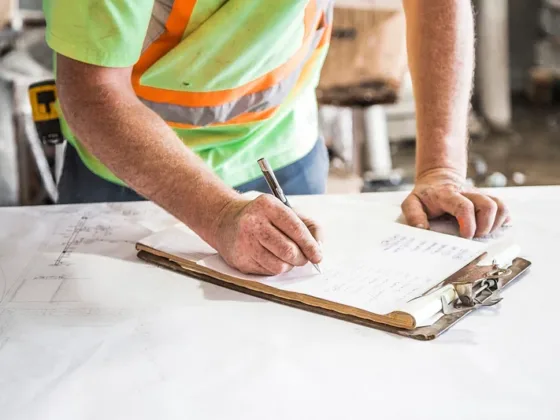Table of Contents Show
Are you planning to have plants inside your home?
The material of your planter plays a huge role for your home, money, and plants. You need something that can last long, keep your plant safe, and damage resistant.
There are many types of pot material, but we’ll concentrate on three.
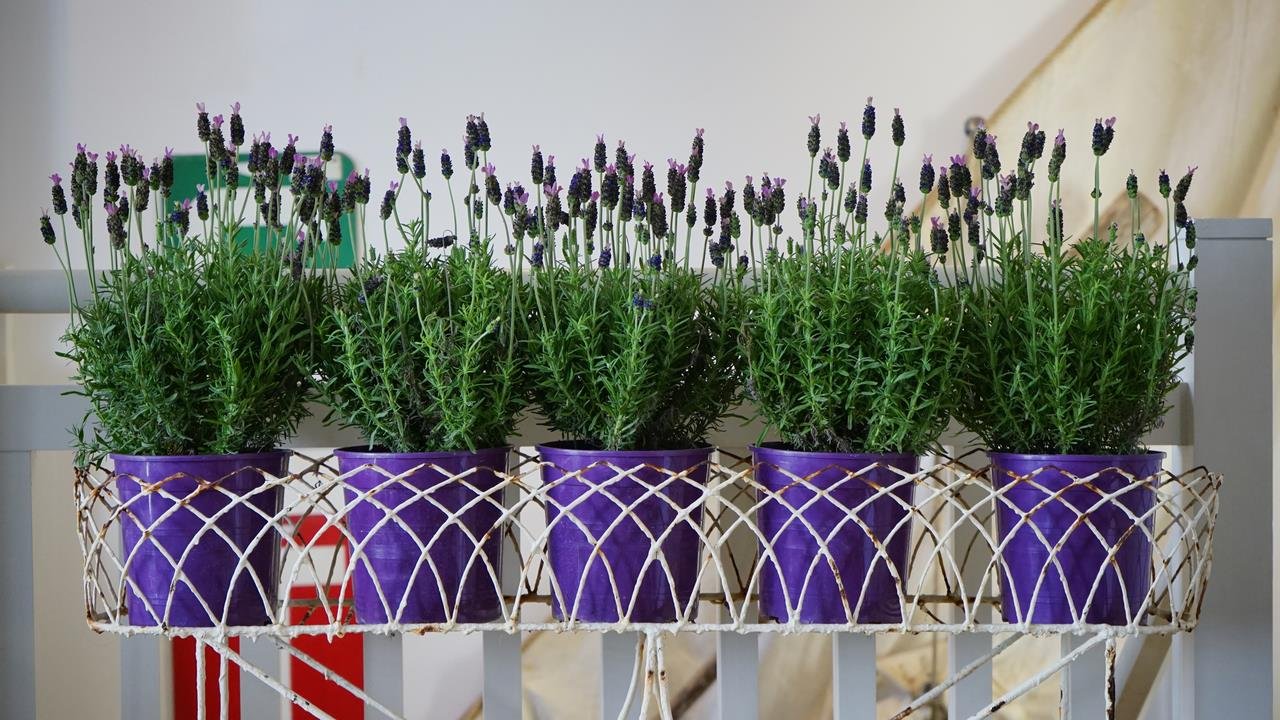
Plastic, ceramic, and fibreglass planters are the most common types. In this guide, we’ll be comparing the three under different critiques.
Learn how Fiberglass planters differ from those made from plastic or ceramic.
Appearance
Many gardeners want planters that have a natural and earthy appearance. If you want something natural and stylish, go for ceramic planters. Ceramic is the most common type of planter material.
Plastic planters are the cheapest among the three. This type of planter material is the easiest to coordinate with your indoor style and decor.
They come in a variety of textures, shapes, sizes, and colours.
Fibreglass planters have a more modern look, making them the best for every day and minimalistic designs.
You can match the fibreglass planters with contemporary and classy looks. However, this type of pot does not come with many designs, styles, and colours.
Weight
Moist soil can get very heavy, which adds more weight to the already heavy pot. Make sure you consider the total weight when buying a planter. Add together how heavy the water, soil, pot, and plant will be all together.
Ceramic planters are the heaviest among the three. If you don’t want your back to break carrying the pots, consider getting plastic or fibreglass.
The pot’s weight is an essential factor to consider if you need to move the plant every once in a while.
Ceramic pots are a great choice if you want the plant to stay in place. It’s a great choice for those with children or pets. Sturdy pots can also decrease the risk of the wind blowing the pot away.
Read Also:
Durability
When it comes to durability, fibreglass planters take the lead. Fibreglass can withstand any weather, from extreme heat to freezing snow.
They are not easy to chip, break, nor fade.
The durability of plastic planters may vary. Inexpensive planters can start to fade, crack, and morph in extreme weather. However, well-constructed plastic pots can retain their appearance for a few years.
Ceramic pots are heavy, and when you drop them, they may crack. Low-cost ceramic planters can start to fade and chip in a few months.
They don’t hold well against sudden weather changes.
Porosity
Porous planters are great for allowing air and moisture to move and flow through them. The air circulation goes around the roots, preventing rot and other issues from occurring in the wet soil.
It helps cool the soil and draw the excess water to avoid rotting.
Plastic pots are porous, but they don’t give enough circulation when it’s hot. During summer weather, the roots of the plants may start to get dry and hot.
However, getting a light-coloured container can keep the roots cooler than darker coloured pots.
Ceramic pots give more moisture-wicking and allow more airflow for the foliage. Fibreglass also offers the same effect as ceramic planters.
If you want better porosity, plants can thrive well in ceramic and fibreglass planters.
Environmental Impact
Plastic planters are the worst to go for if you want an earth-friendly material. Remember that plastic is not biodegradable.
It may take a lot of years before it breaks down and decomposes the entire item.
Ceramic planters are reasonably easy down and recycle them. Most glazed ceramic pots have no lead or toxic substances that can emit to the environment.
Ceramic biodegrades longer than plastic, so it’s best to recycle ceramic planters.
Fibreglass is a very earth-friendly material that you can reuse. Although it’s not biodegradable, you can recycle the material into something else.
If you want to learn more about fibreglass, why not visit https://potsplantersandmore.com/fiberglass-planters.
Financial Cost
Plastic planters are the easiest to find and cheapest to buy, especially in wholesale planters. It is one of the most budget-friendly materials for pots.
They may be the most affordable, but they won’t last for a very long time.
Ceramic planters can range from cheap to expensive products. The downside to buying the more inexpensive versions is that you have pots with lower ROI.
So, if you want better quality ceramic pots, you have to go for the expensive ones.
Fibreglass leans more to the more expensive side of the financial cost. The life of the fibreglass and ROI makes it an excellent investment worth your money.
It can be more expensive than ceramic pots, but you won’t have to worry about buying another if it’s durable.
Fibreglass materials are fade, water, and chemical resistant. It’s worth paying a lot for fibreglass planters since they can last long in many types of exposure.
It will have no signs of wear under exposure to UV radiation, water, chemicals, and salt air.
Size
Make sure you check how big your plants can grow and how large the roots will be. Before you buy your planters, finalize whether it will only be temporary or long-term.
Consider the size and depth of the pot so the water can reach its roots.
The indoor plants you have in mind should fit well without squeezing the plant in the pot. Pot size is one of the essential factors that you need to consider. Plastic pot sizes only vary from small to medium.
So, if you need a pot for a big plant, avoid going for a plastic one. Plastic pot may not be able to hold the plant well and can fly away with strong wind.
Ceramic pots have more colours and sizes compared to plastic planters.
They can also hold well with different sizes of plants. Fibreglass has to most available sizes and styles. It can keep many types of heavy and light plants well without worrying about movement or the plant.
Plastic, Ceramic, or Fiberglass Planters?
It all comes down to the material that fits your purpose, environment, and plant. Make sure you choose the one with the best appearance, porosity, and durability.
Think well of how the material affects the environment and consider getting the safest one.
We hope you learned from our plastic, ceramic, and fibreglass planters comparison! Be sure to check out our other guides to learn more about planter materials.
